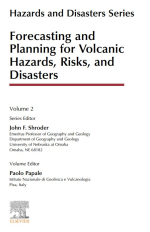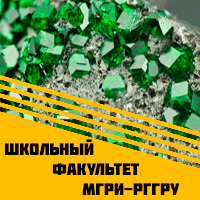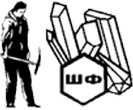Добрый день, Коллеги. Важное сообщение, просьба принять участие. Музей Ферсмана ищет помощь для реставрационных работ в помещении. Подробности по ссылке
Forecasting and planning for volcanic hazards, risks, and disasters. Vol 2 / Прогнозирование и планирование вулканических опасностей, рисков и стихийных бедствий. Том 2
There are about 800 million people all over the world who are exposed to the hazards from volcanic eruptions, according to the 2015 Global Assessment Report by the United Nations Office for Disaster Risk Reduction (UNISDR, 2015). That assessment takes into account typical impact areas around volcanoes, extending up to tens of km, and in a few cases, to more than 100 km from the vent. People within such areas live under direct menace from a variety of hazardous volcanic phenomena: lava flows, pyroclastic flows, volcanic ash concentrations and accumulation, lahars, tsunamis, landslides and collapses of the volcanic structure, ground deformation, ground shaking, harmful gas concentrations, etc. Notably, the sources of volcanic hazards, and the kinds of risks they involve, are many, in contrast with earthquakes for which the direct risk is mostly associated with ground shaking (e.g., Boore, 2003), even though other kinds of hazardous events may not be neglected (e.g., surface faulting and liquefaction, Wesnousky, 2008; tsunamis, Fujii et al., 2011; etc.). Besides pure scientific curiosity, volcanic risks are a substantial driver for volcano-related research. On one side, scientists strive to describe with increasing accuracy several aspects of the volcano dynamics that can help anticipate volcanic eruptions and describe the space-time evolution of volcanic phenomena. On the other side, much of the volcano-related discussion concerns the roles of scientists during volcanic crises, and the paradigms for efficient interaction and appropriate communication with the stakeholders and the society. Under the dual impulse from scientific understanding and civil defense applications, volcano science has been progressing quickly during the last decades and years. Only 30 years ago volcanology was still, dominantly, a branch of geology. <...>




